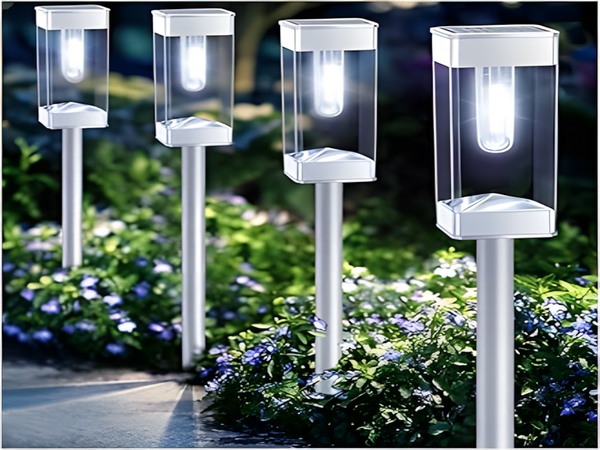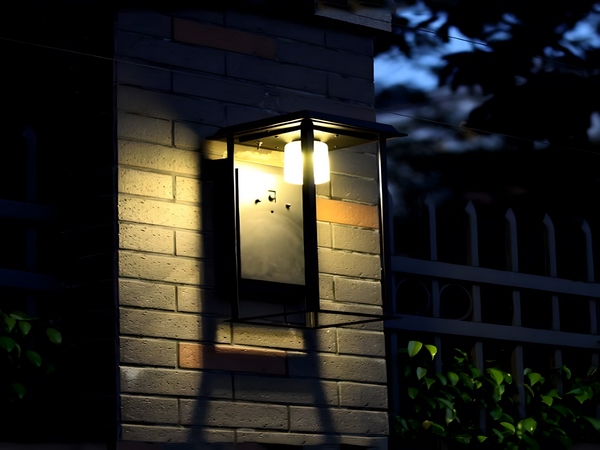

The working principle of solar street lights is to convert solar energy into electrical energy for illumination. At the top of the solar street light is a solar panel, also known as a photovoltaic module, made of polysilicon. During the daytime, these polysilicon panels absorb solar energy and convert it into electrical energy, which is stored in batteries. Under the control of the solar street light’s intelligent controller, the solar panel converts sunlight into electrical energy. During the day, the solar panel continuously charges the battery pack. At night, the intelligent controller transfers the electrical energy to the light source, allowing the solar street light to illuminate. The battery pack supplies power to the LED light source. So, what is the control principle of solar street lights? Here is a share from the Century Sunshine Lighting editor:
In fact, the operation of turning the solar street light on and off is managed by a device that can control the lights to turn off at sunrise and turn on at sunset. This device is called a solar controller. There are different methods of control for solar controllers. Below, we will discuss the differences among these methods and the components of the controller.
1. Two Control Methods:
1. Light control: This method primarily relies on sensors to detect the intensity of external light. When the light reaches a certain darkness level, the solar street light will automatically turn on. Conversely, when the external light reaches a certain brightness, the solar street light will turn off. The settings for controlling the light’s brightness can be adjusted manually. Currently, most solar street lights use this method.
2. Time control: This method determines the on and off timings of solar street lights through scheduling. This method was used more frequently in the past, but it is less commonly used now. The main reason is that even within the same area, different seasons may cause variations, making the time control method inconvenient.
2. Components of the Controller:
1. Hardware part: Generally consists of a circuit board and a combination of chips.
2. Software part: Different control software is manufactured based on different solar street lights.
It can be seen that solar street lights are capable of automatic on and off operations, and the solar controller is crucial to the entire structure.

This concludes our sharing about the control principles of solar street lights. Solar street lights generate electricity by absorbing sunlight. Therefore, they do not have cables, eliminating issues like electric leakage or other accidents, and they incur no electricity costs. They are also rainproof and lightning-proof, leading to widespread applications. Many cities have adopted solar street lights on main and secondary roads, residential areas, factories, parks, and tourist attractions.



